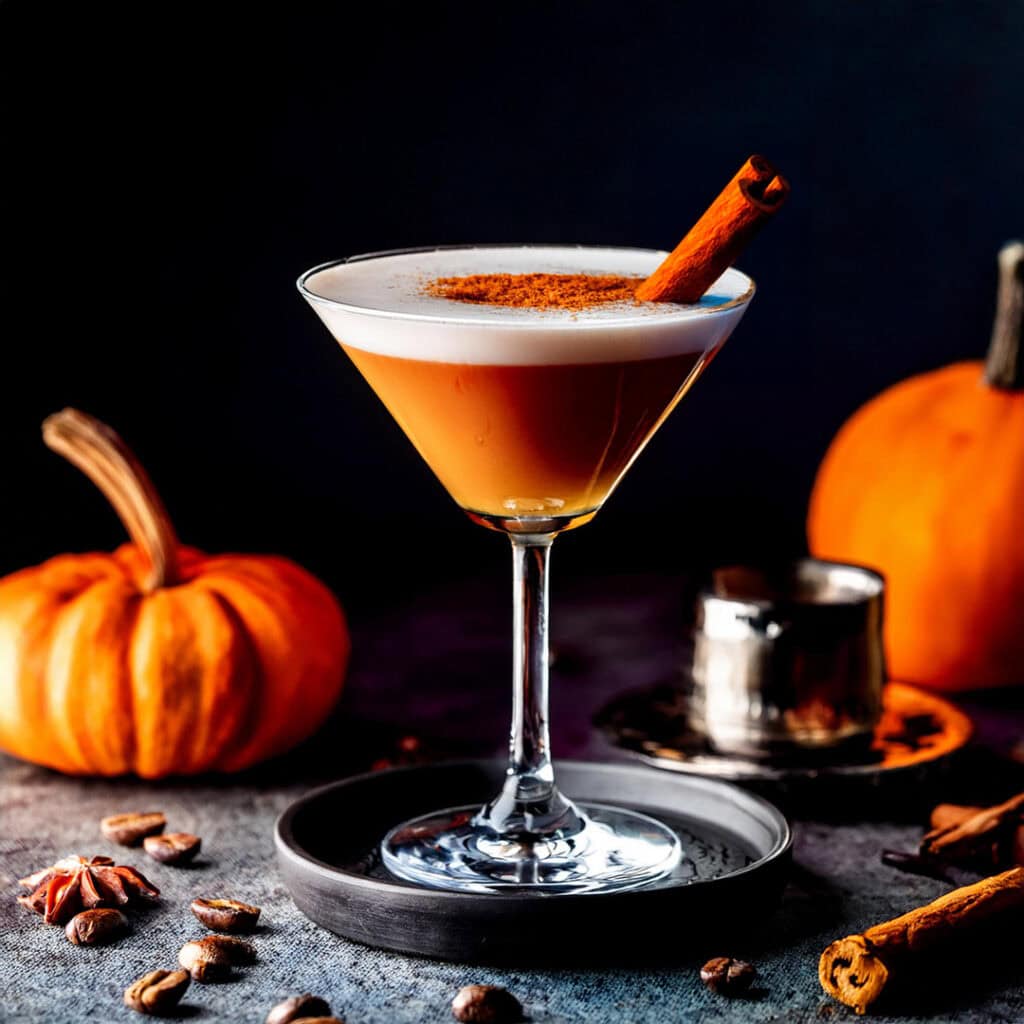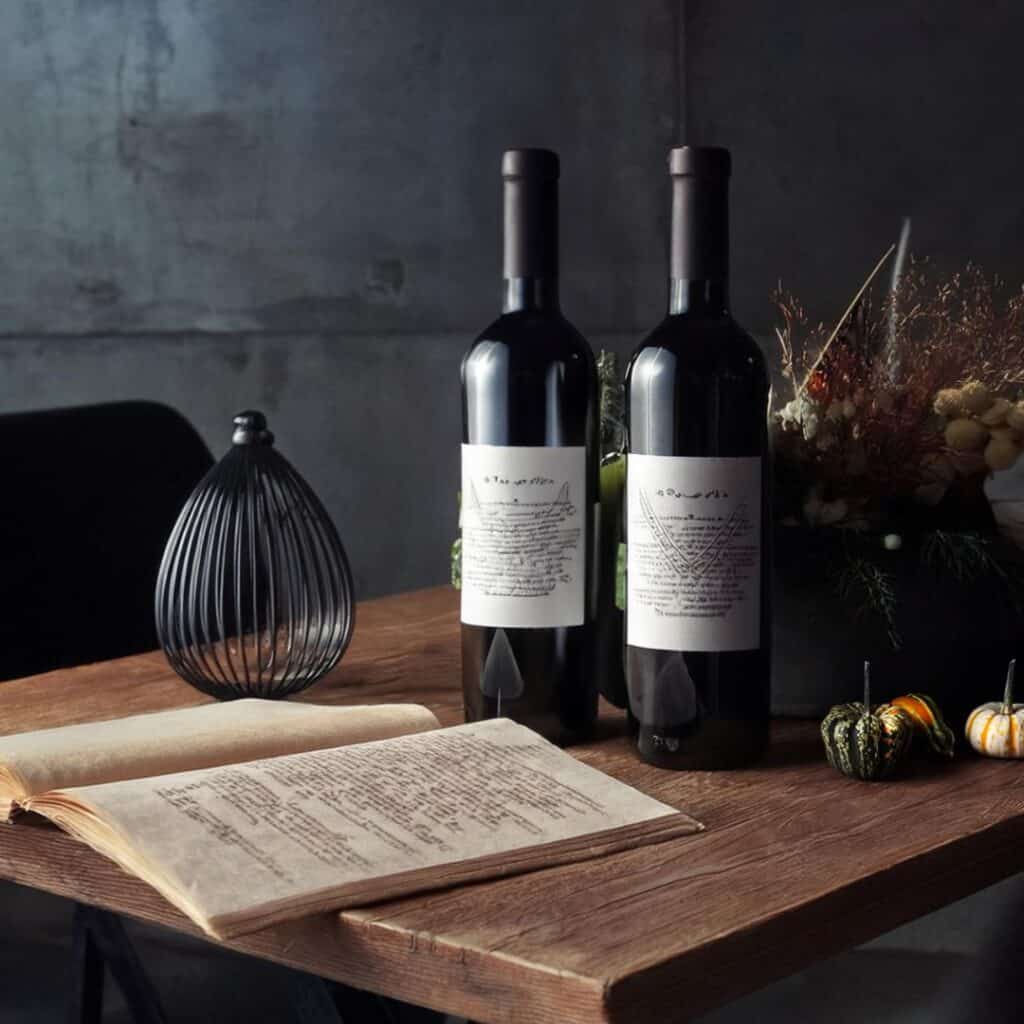In 2023, two major international wine organizations (The Court of Master Sommeliers & The Wine and Spirits Trust) made a groundbreaking decision to abandon the traditional categorization of wines as New World or Old World. This decision holds significant implications for the industry.
Traditionally, the term “Old World” referred to European wines, suggesting a quality rooted in tradition, while “New World” wines, from regions like North America and Australia, were often considered less refined and consistent.
However, times are changing. Alongside climate change and technological advancements where information about places, people, taste, and trends is readily accessible, this shift is long overdue.
So, what does this mean for the industry?
- Appreciating Diversity: Dropping the old world/new world labels allows wine lovers to explore the unique characteristics of each region, including terroir and grape varieties, without succumbing to broad stereotypes.
- Avoiding Stereotypes: Categorizing wines can oversimplify and overlook the individuality of each producer, thus undermining their craftsmanship.
- Encouraging Innovation: Moving away from rigid categories fosters creativity among winemakers, enabling experimentation and the discovery of new styles and flavours.
- Consumer Education: Abandoning these classifications encourages consumers to focus on understanding specific wine characteristics, empowering them to make informed choices rather than relying on broad labels.
- Promoting Collaboration: By eliminating divisive categorizations, the industry can facilitate collaboration between producers worldwide, enriching the global wine community.
While the terminology shift may seem minor, it reflects a broader cultural trend towards inclusivity and a genuine appreciation for wine’s diverse heritage. This evolution signifies a departure from tradition while embracing new techniques, regions, technologies, and tastes.
Ultimately, this change encourages us to appreciate wine for its unique qualities, regardless of its origin or traditional categorization. It’s a step toward a more nuanced understanding of wine and a celebration of its rich diversity.



